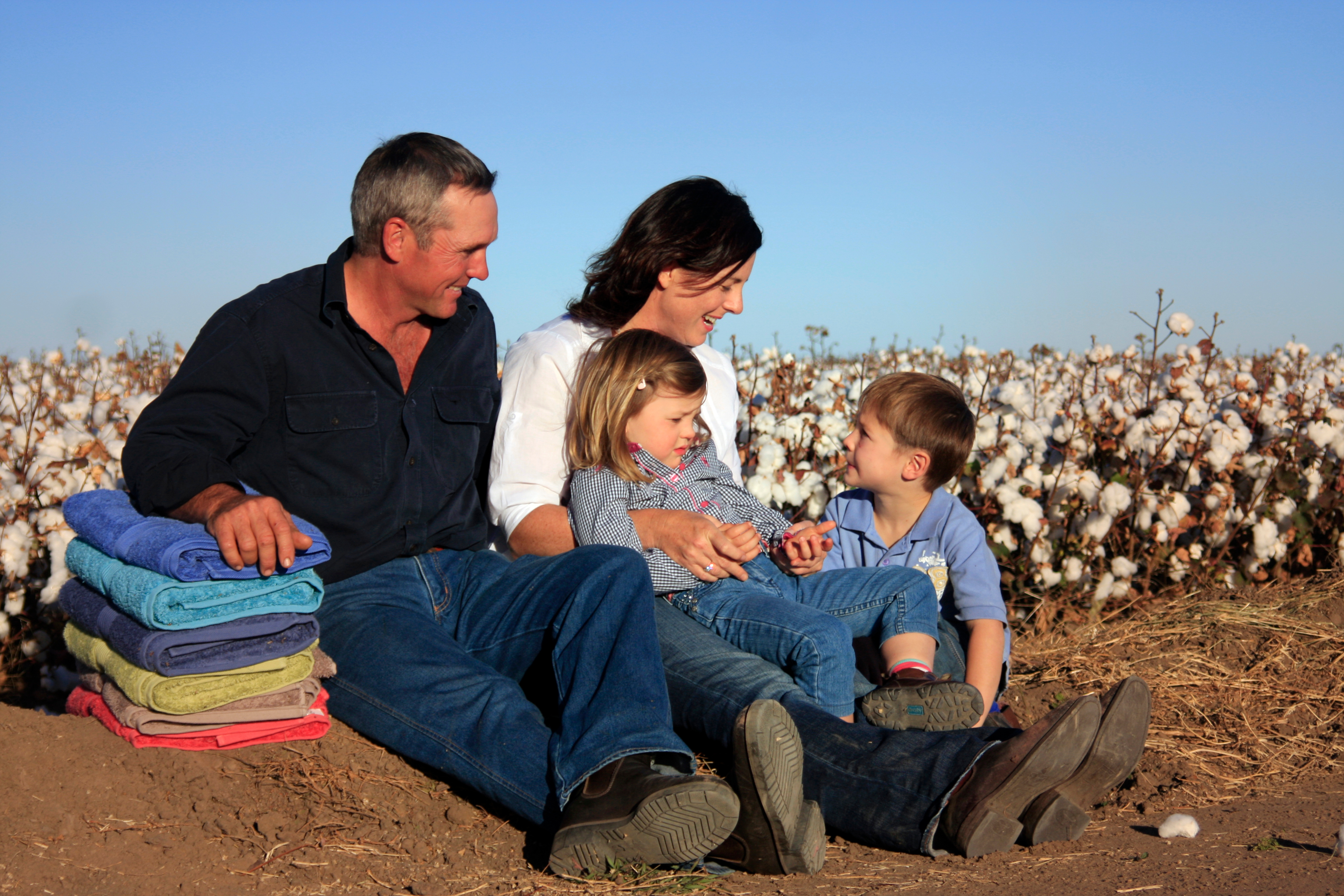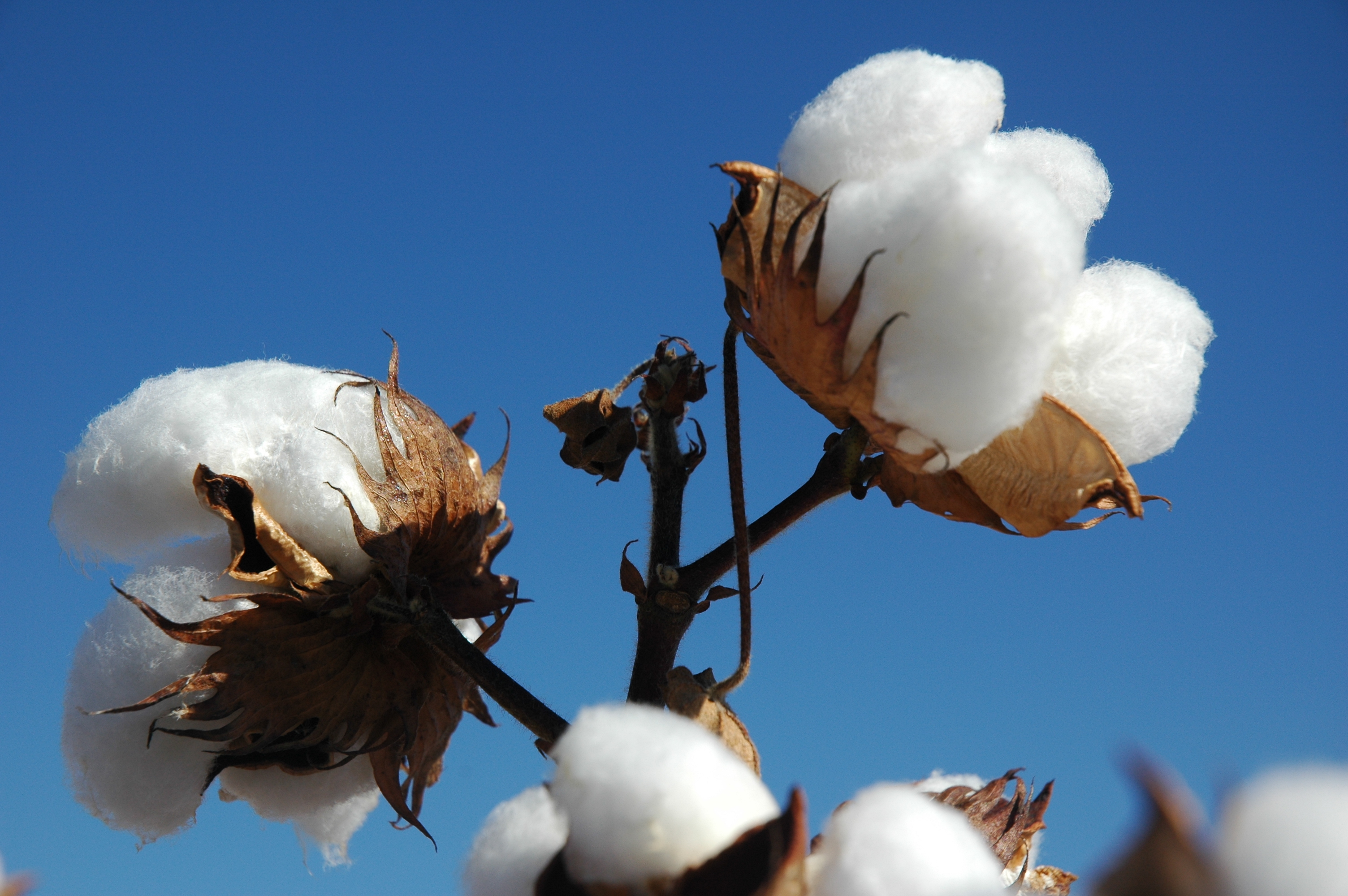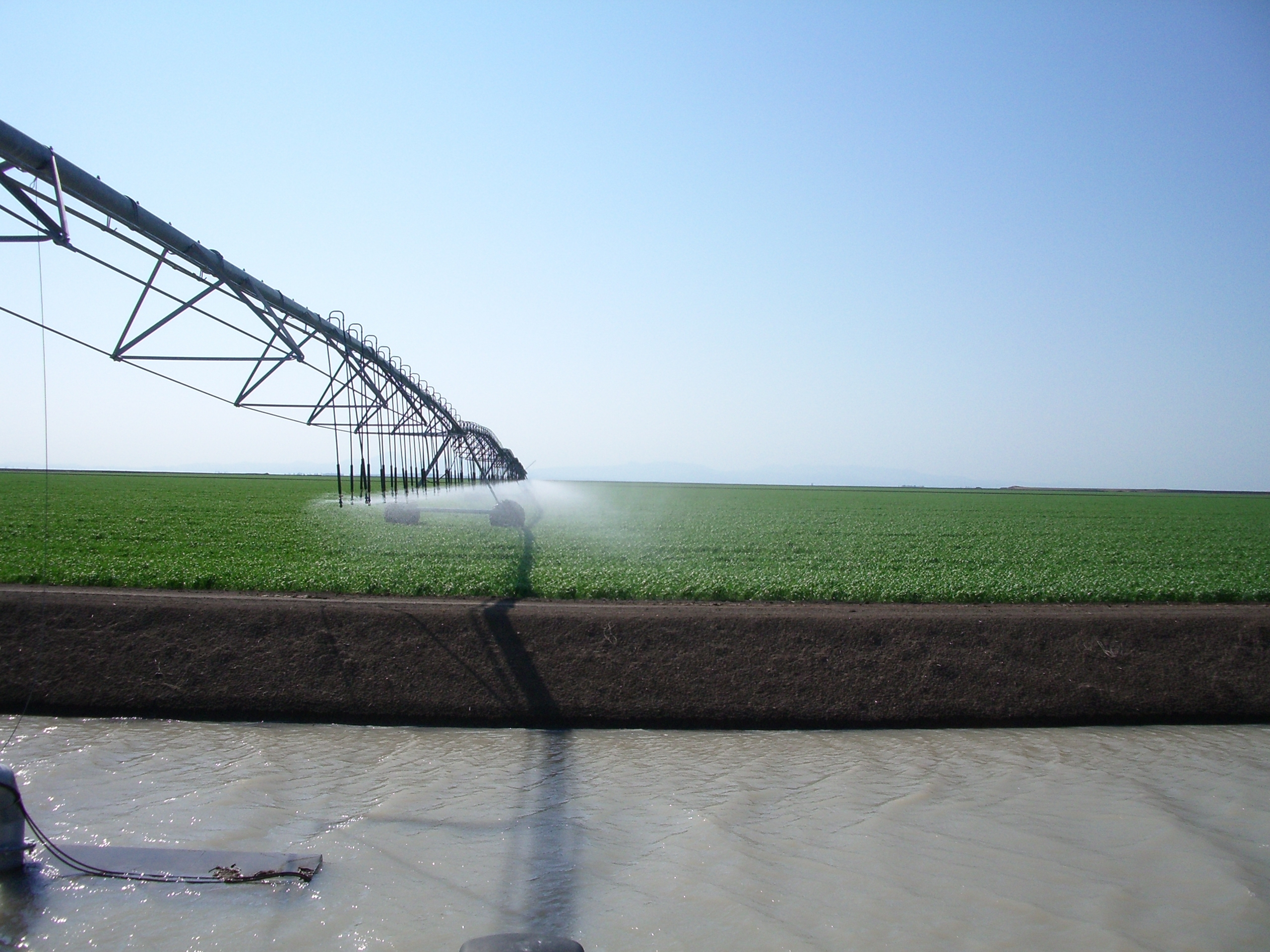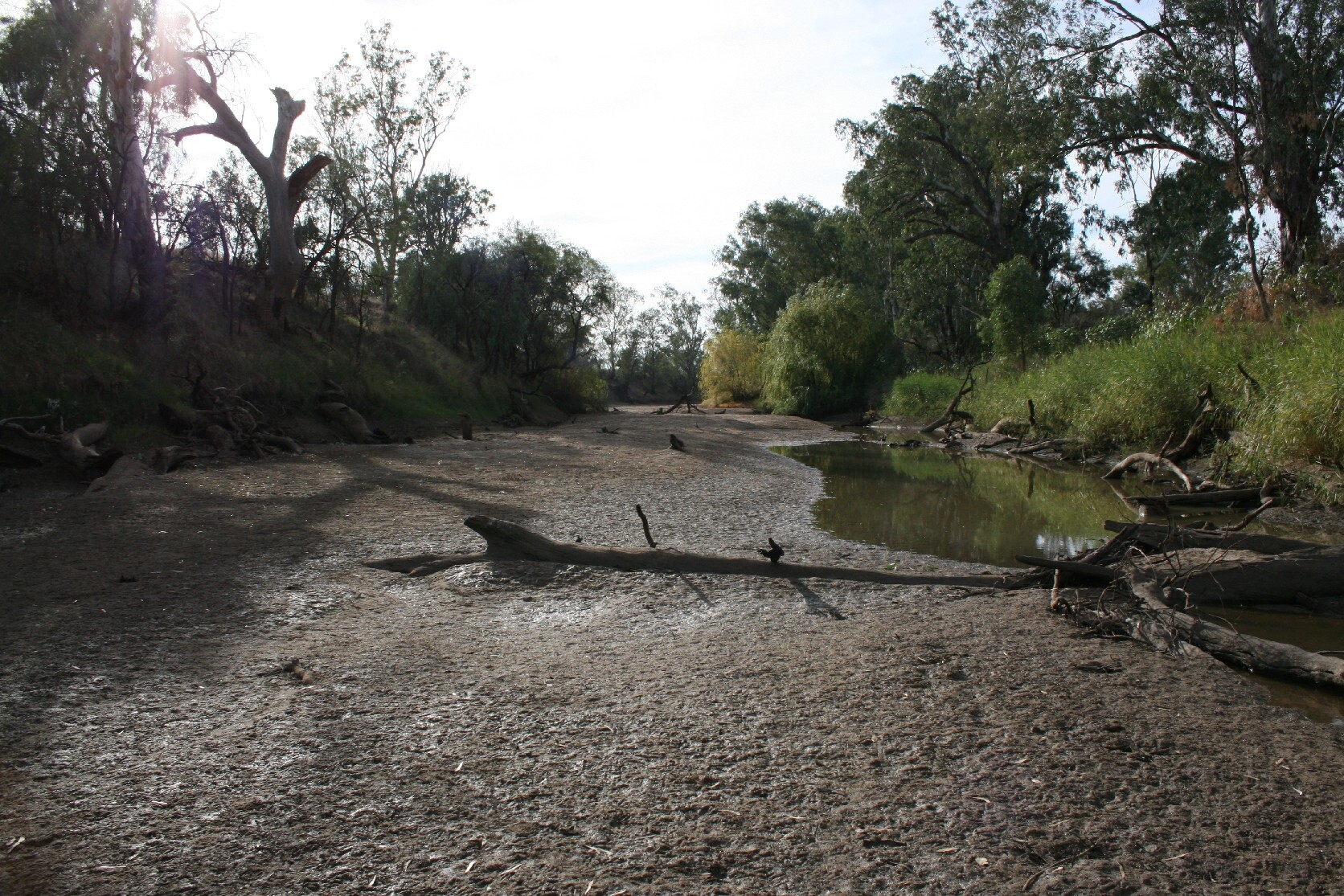Myth buster
Questions have been asked about the Australian cotton industry’s viability, suitability and practices.
Below, we address some of those questions in an effort to clear up any misconceptions about our industry:
Commonly asked questions
Is cotton a thirsty crop?
Cotton is a middle-of-the-road summer crop, in terms of its water requirements. The plant uses about the same amount of water per hectare as fruit trees and other summer crops including soybeans and maize.
Should cotton be banned in Australia, because of its water use?
In Australia, water is not allocated to crops, but to a farmer’s licence. The farmer chooses what they want to use their allocated water on, with many choosing to grow cotton. If cotton was banned, there would not be one more drop of water in our rivers because farmers would use the water they were allocated to grow something else instead. Cotton is only planted once a year in Australia and is only planted when there is enough water available. When there is limited water, there is limited cotton grown.
How can cotton be grown when there is a drought?
The cotton industry also gets affected by drought, but the visible effects are often delayed. That is because many growers save some of the water they have been allocated to use at times when it is dry, so they can still grow a crop and support their families and communities (much like a cattle farmer storing hay and grain for use during drought).
The 2018-19 cotton crop was around 60% less than normal, and Cotton Australia forecasts that without good rain, the crop will fall to 14% of normal production in 2019-20, highlighting how when there is limited water, there is limited cotton grown.
Shouldn’t the environment get water before irrigators do?
Under the water allocation process, irrigators receive their share of available water last. Water for critical human needs, such as town water and stock, is allocated first, followed by water for the environment, and lastly, water for licence holders such as farmers.
Aren’t all cotton farms big corporate operators?
While there are some corporate cotton farms in the industry, about 90% of Australia’s cotton farms are owned by families who collectively employ thousands of local people and support 250 regional communities, mainly in NSW and Queensland.

Is the Murray-Darling Basin Plan working?
The Murray-Darling Basin Plan is only about half-way through, and was never designed to drought-proof the Basin. When fully implemented, the Basin Plan will have returned the equivalent of five Sydney Harbours-worth of water to the environment each year.
Aren’t all cotton growers water thieves?
Unfortunately, this is a broad generalisation that has been made about cotton growers. However, it is an unfair generalisation to say all cotton growers steal water. Only a very small number of illegal take of water charges have been proven before the courts – and while one is one too many, their actions are not representative of the industry.
The industry acknowledges the public anger and concern about this issue – a sentiment we share, because we do not condone or tolerate such behaviour. We condemn any illegal behaviour by anyone in our industry and believe anyone proven to be doing the wrong thing should face the full force of the law. We support measures to ensure improved compliance with water rules and believe if someone is known to be doing the wrong thing, they should be reported to relevant state authorities and those concerns should be thoroughly investigated.

Information snapshot
How do water allocations work?
- Farmers buy or lease water licences/entitlements.
- Annually, state governments allocate water to irrigators based on the amount of water available in the system, after water for the environment and critical human needs has been prioritised.
- The licences allow growers to access a set amount of the total water allocated by authorities for farming.
- Farmers with a water licence can use the water they extract to grow whatever they like.

Why is cotton grown in Australia?
- Cotton is a desert plant that is water efficient and suits Australia’s climate.
- Cotton is a crop of choice in Australia as it provides growers a good return on their investment, meaning they can better support their families, their workers and their communities. Other summer crops, like corn and soybeans, use similar amounts of water per hectare.
- Cotton is an annual crop that is only grown when sufficient water is available.
- Banning cotton would not see any extra water returned to the environment, as the water has been allocated to the irrigator’s licence and they would use it to grow another crop.
- If cotton was to be banned in Australia, farmers would use their water to grow another crop.

How is cotton impacted by drought?
- During a drought, the amount of water for farmers significantly drops, as allocations are reduced.
- The water that is available is prioritised for critical human needs and the environment first.
- If there’s no water available, there’s no irrigated cotton grown (unless a farmer irrigates using water they stored when there was a high water allocation).

